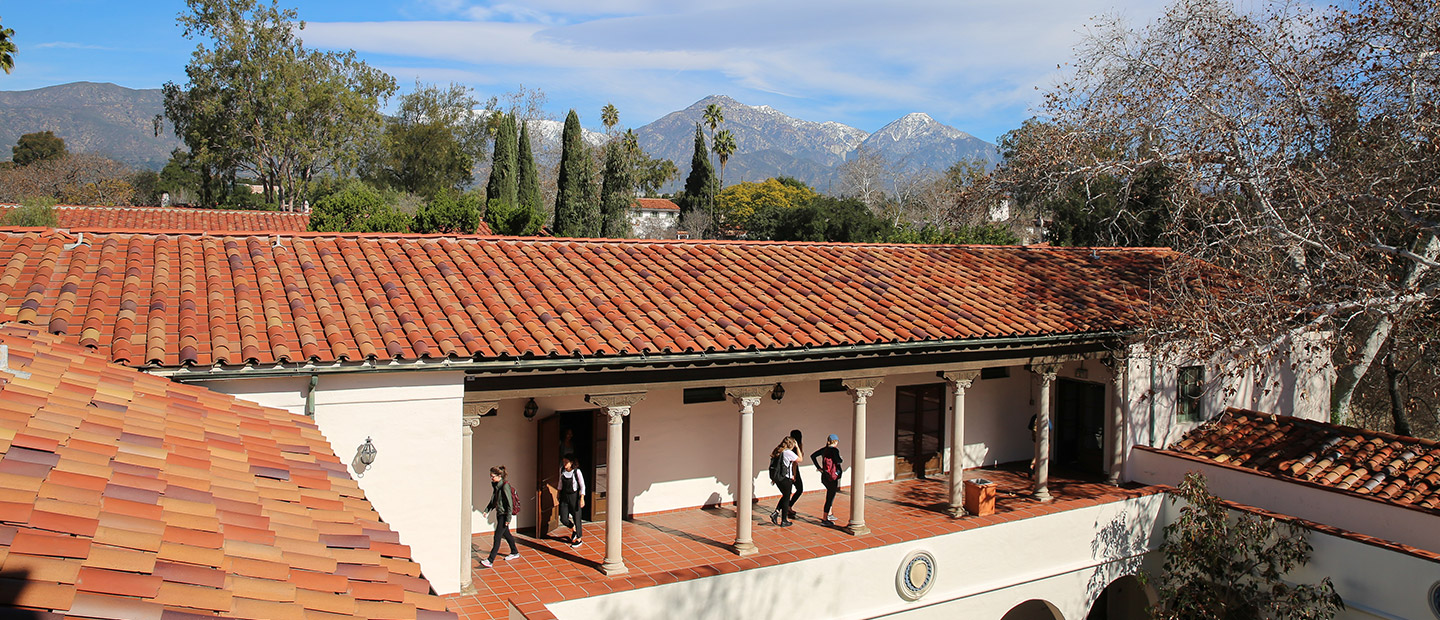Hi everyone!
I recently declared my minor– Spanish, Latin American, and Caribbean Literature and Cultures– and so I thought I’d take this opportunity to talk about language courses at Scripps! Many people arrive in Claremont with some foreign language experience, and it’s up to you whether you pursue that language further or start one fresh. I continued to take Spanish courses, but both of my first-year roommates decided to start Italian, for example. Today’s blog will explain some of the logistics of foreign languages, as well as my experience with my Spanish minor!
Before classes start, incoming students take a variety of placement tests, including languages. There are placement tests for all the languages taught across the 5 colleges, though, as some other helpful ambassadors informed me, taking placement tests at other colleges can be a little more complicated. Also, if you’ve taken a language subject test, that could work as a placement as well. From the placement tests, we are placed into levels of the language department. You might test out of the foreign language general education requirement by showing that you have the equivalent of three semesters of intermediate skills in the language. You might be placed within the sequence, like into Spanish 3, which would mean you have one semester left to complete the requirement. Or, like I said earlier, you could choose to start a new language and register for that intro class!

This is the second floor of Balch Hall, where I’ve had most of my Spanish classes! I won’t lie, I purposefully wanted a class up here because it’s so beautiful.
When I started at Scripps, I wasn’t immediately sure that I wanted to study Spanish in a formalized way, hence why I only declared a minor at the end of my junior year. But I did know that I wanted to take upper-level Spanish courses. I think there’s something really exciting about taking classes in a language that are better because they are in that language. My first class was Spanish 152: Border Thinking in Spain with Professor Carmen Sanjuán-Pastor. Sure, maybe we could have covered the themes in English, but really, it was so much richer and profound because it was in Spanish. We had access to more texts, more videos, and more materials in general. And we probably thought harder about our discussions because we wanted to make sure we expressed our ideas correctly in a foreign language.
I think our language departments are strong at Scripps, and I particularly love our Spanish classes (of course, that’s where I have direct experience). Since that first class, I’ve taken Spanish 183: Bilingualism and Interculturalism in the Andes with Professor Claudia Arteaga (one of my favorite classes, in Spanish or otherwise!), Span 101: Introduction to Literary Analysis with Professor Marina Pérez de Mendiola, and Span 162: Journalism in Latin America with Professor Juanita Aristizábal (at Pitzer). Next semester, I’ve registered for Span 134: Indigenous Women, Representation, and Struggle, also with Professor Arteaga. My professors have come from a variety of Spanish-speaking countries, and it’s always fun to be learning from people with different accents. Our classes are interdisciplinary, with a wide variety of types of materials and topics to discuss within the class themes.
I am always able to connect what we’re discussing in my Spanish classes to my other studies. That’s the main reason I decided to minor, since I could have just continued to take classes I enjoy without that declaration. I think the classes are helpful and complementary to my interests in my History major. My advisor has even encouraged me to speak with our Spanish professors, since they are a valuable resource beyond the language. I think that encapsulates what I love about collegiate-level Spanish: it’s not just about the language but is a rigorous academic department in its own right.
I’m looking forward to finishing this semester’s classes and starting my next Spanish class. I hope this blog has also helped you visualize what foreign language classes can be at Scripps, and please feel free to reach out with any questions!
Until next time, saludos!
Siena

